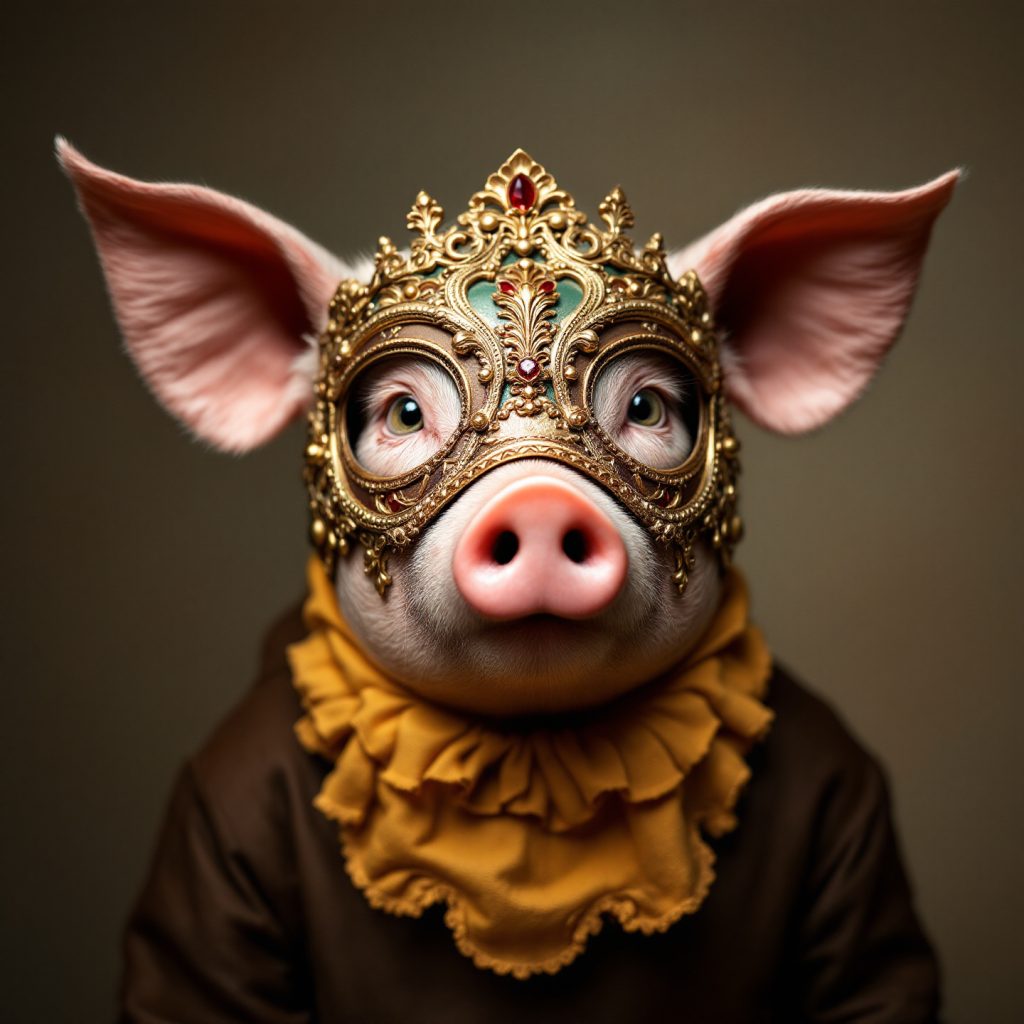We’ve all been there. You’re drawn to a beautifully designed product that feels sleek, modern, and cutting-edge. But when you try to use it, frustration sets in. Buttons don’t do what you expect, information is buried, and basic functionality is missing. No matter how much polish is applied, the core experience is still broken.
This is what I call lipstick on a pig. And it happens far too often. Flashy design cannot—and will not—save a bad product. In fact, it often backfires, leaving users frustrated and disillusioned.
For startup founders and designers, this is an important lesson: prioritize substance over style and ensure your product delivers real value before dressing it up. Let’s dive into why masking bad products with great design is a losing strategy—and how to avoid it.
1. Beautiful Design Won’t Save a Broken Product
Here’s the hard truth: great design is not a bandage for a bad product. You can spend thousands on stunning visuals, but if your app or website is clunky, unintuitive, or doesn’t solve your user’s problem, it will fail.

Think about it—if a customer has to click through eight screens to accomplish something that should take two, no amount of sleek animation or fancy fonts will fix their frustration. They’ll abandon your product and likely won’t come back.
Takeaway: Build a strong foundation first. Ensure your product’s functionality is solid and intuitive. Great design enhances usability, but it can’t fix a weak core.
2. Copying Design Trends Doesn’t Equal Success
Have you ever noticed how many apps and websites feel… the same? That’s because they’re often copying design trends from tech giants like Google, Apple, or Meta. While those patterns work for those companies, blindly applying them to your product is a recipe for disaster.
Why? Because those companies spent millions designing patterns specifically for their users and goals. If you adopt their designs without adapting them to your audience, you’ll create a disjointed experience that frustrates users.

Pro tip: Use design trends as inspiration, not a template. Every design choice should align with your product’s unique goals and user needs.
3. Don’t Confuse “Looks Good” with “Works Well”
Here’s a story: I once worked with a real estate investment company that wanted a visually impressive platform. We designed a dashboard that was sleek and modern, full of custom icons and eye-catching visuals. But when we tested it with users, it bombed.
Why? Because the icons weren’t intuitive, and the visuals distracted from the actual data. Users couldn’t find what they needed.

Lesson learned: Good design isn’t just about aesthetics—it’s about usability. Clarity always trumps cleverness. Focus on creating designs that help users achieve their goals easily and intuitively.
4. Founders: Stop Prioritizing Packaging Over Product
As a founder, it’s easy to get swept up in the idea of a beautifully designed product. But remember: your product’s success depends on the experience, not the packaging.
Imagine walking into a restaurant that looks amazing—stylish decor, perfect lighting, and Instagram-worthy plating. But when the food arrives, it’s bland and unappetizing. Are you going back? Probably not.
Your product is no different. If the core experience isn’t strong, no amount of design can cover for it.

Here’s what to do: Dogfood your product. Use it yourself, step by step, as if you were a customer. Is it clear? Is it intuitive? Does it solve a real problem? Be brutally honest. If it’s not working, fix it before you spend time on design polish.
5. How to Align Design and Functionality
The best products strike a balance between great design and excellent functionality. It’s not about choosing one over the other—it’s about ensuring they work together seamlessly.
Here’s how:
- Gather feedback early and often. Ask users where they’re struggling and address those issues first.
- Simplify. Don’t clutter your interface with unnecessary elements. Less is more.
- Focus on your users. Every design decision should make their lives easier, not harder.

Take Slack as an example. They started with a simple premise: make team communication effortless. Their design is clean, minimal, and focused on usability. The result? A product people love to use every day.
Balancing Simplicity and Innovation
Some founders worry that simplifying their product means sacrificing innovation, but that couldn’t be further from the truth. Simplicity actually enhances innovation by letting your product’s core value shine.
Think about Apple’s iPhone. They didn’t add more buttons—they removed them, revolutionizing how we interact with technology. Or Google’s homepage: one search bar, no distractions. By simplifying, they created something iconic.
Final Thoughts: Substance Over Style
Design is powerful. It can inspire trust, create excitement, and set your product apart. But it’s not a substitute for substance.
Before you invest in flashy visuals or trendy animations, make sure your product delivers on its promise. A good product doesn’t just look good—it works beautifully.
Call to Action: Is Your Product Just Lipstick on a Pig?
Take a moment to evaluate your product.
- Does your design enhance the user experience, or is it hiding deeper flaws?
- Are there areas where simplicity could improve functionality?
- If you were a customer, would you love using your product—or leave frustrated?
Focus on fixing the foundation first. When you get the basics right, great design becomes the cherry on top, not the lipstick on the pig.


In my journey of creating websites, I often go out and copy designs because I am more focused on what the clients want than on delivering a product that can meet their expectations. I love this quote: “Use design trends as inspiration, not a template”.
There’s a fine balance when working with clients. It’s one of the reasons I pivoted to UX early in my career–I was so happy when i could use data to inform my decisions instead of biased opinions.